“Giants and Ogres” by Time-Life Books (The Enchanted World 11)
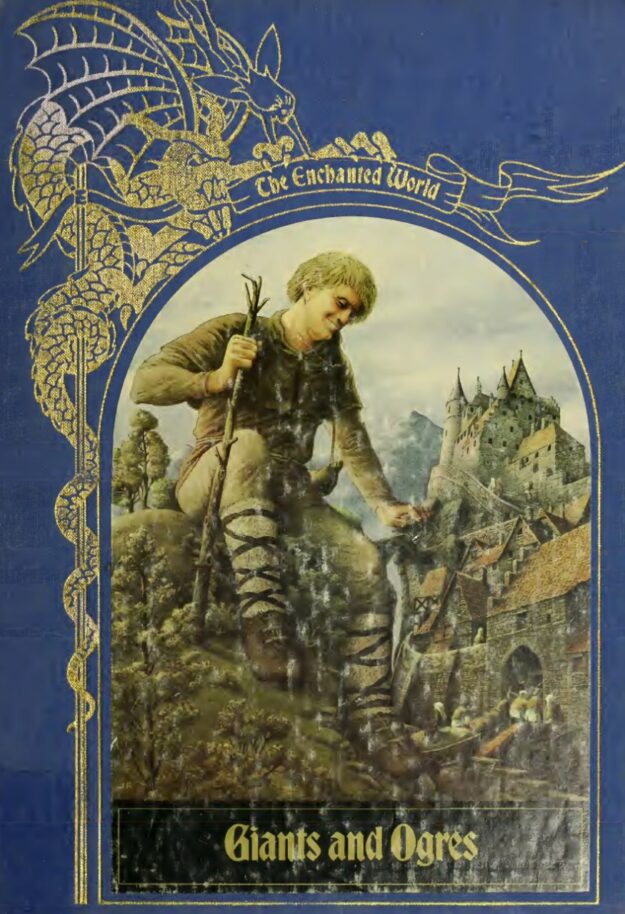
"Giants and Ogres opens by stating that at the dawn of time, the giants were the mightiest of beings, creatures whom even the gods feared. It cites the legends of Og, Orion, Cronus, and Ymir, and shows that in those earliest of days, giants were indeed wielders of incredible size and strength. However, these "princes of the cosmos" were also superior to the gods (their children) in authority, wisdom, and magic. In fact, it was from the giants that the Greek and Norse gods had to wrest their dominion. Even after, as was seen in the Northlands where the giants held to their power the longest, the gods looked to the giants as equals, beings to whom they would turn in search of wisdom.
As the "first world" ended and they lost their equality with the gods, giants assimilated into mortal society. Some, such as Bran the Blessed, went on to become kings and heroes, worthy heirs of their ancestors. Others befriended and watched over the peasantry; some giantesses even used their magic as midwives for their tiny neighbors. However, as the giants' decline accelerated, they grew increasingly hostile to humans. They became enemies of humanity, using their superior strength and their magic to attack the younger race that was taking over their world. Their cousins, the trolls and the ogres, became outright predators raping human women and eating human men. Examples such as the giant who had no heart in his body or of the giant who faced Jack atop the beanstalk (illustrated by Barry Moser) are cited.
By the end of their existence, when men like King Arthur and Charlemagne ruled, the giants were totally defeated. While there remained a few wise and noble giants such as Ferragus, who battled Roland, they were the exceptions. Most had shrunk in size to the point that they were only slightly larger than humans. Worse, the giants — beings whose wisdom even the gods had once envied — became degenerate cretins, who could be bested by mere children's tricks. Though the giants disappeared, the common folk never forgot them, they remembered the great monuments they had built, such as Giant's Causeway, and the Long Man of Wilmington, as illustrated by Willi Glasauer."
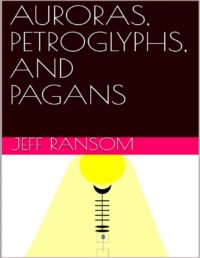
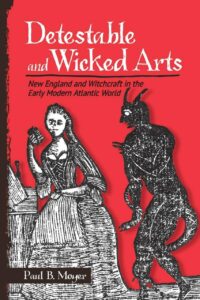

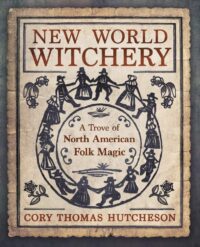
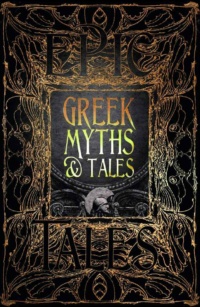


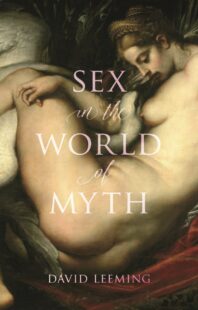

Comments and discussion can be found in the channel